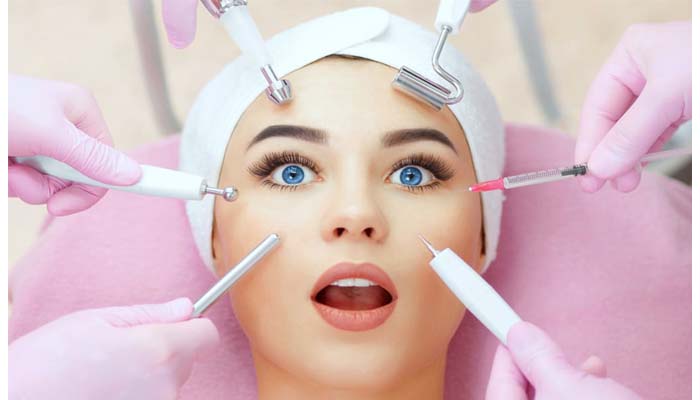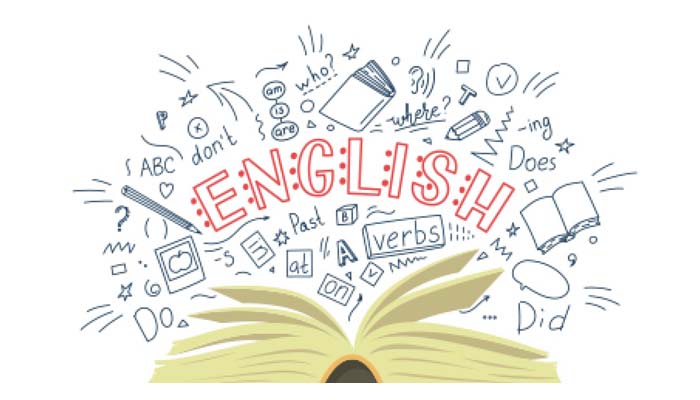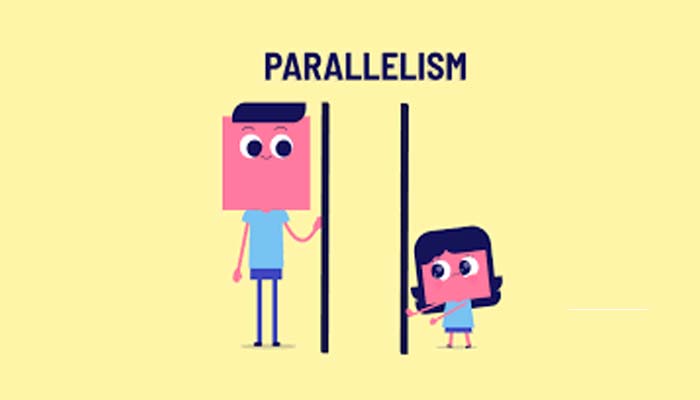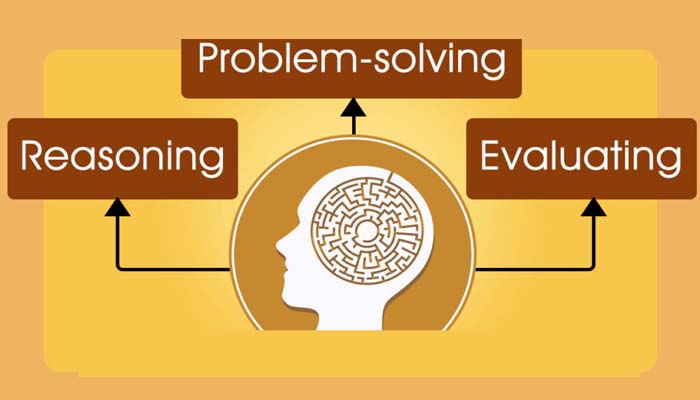
Write a comparative analysis among the women protagonists in the novels you have read, in terms of how active or passive they play in the plot along with the socio-political reasons behind such roles.
Answer
A comparative analysis among the women protagonists in the novels I have read, in terms of how active or passive they play in the plot along with the socio-political reasons behind such roles. the women protagonists in the novels I have read are ‘Tess Durbeyfield’ from Thomas Hardy’s “Tess of the d’Urbervilles”, ‘Catherine Earnshaw’ from Emily Bronte’s “Wuthering Heights”, and ‘Elizabeth Bennet’ from Jane Austen’s “Pride and Prejudice”.
Women protagonists in Tess of the d’urbervilles
Tess is the main female protagonist in the novel “Tess of the d’urbervilles.” In a patriarchal society, Tess’s parents, John Durbeyfield and Joan Durbeyfield want their daughter to marry a wealthy man for the sake of his daughter’s happiness, but Tess later becomes a victim.
Tess does not receive justice, according to “The Second Sex.” Catherine Earnshaw is the main female protagonist in “Wuthering Heights.” Catherine Earnshaw married Edgar Linton for money. From a patriarchal society’s perspective, women were taught from an early age to marry a wealthy boy.
Catherine Earnshaw later expressed regret. According to the second sex society, they are taught to marry a wealthy man. In “Pride and Prejudice,” the main female protagonist is Elizabeth Bennet, who marries a wealthy man named Mr. Fitzwilliam Darcy. Elizabeth Bennet married a wealthy man and later became a victim, according to patriarchal society. According to “The Second Sex,” women are built to fit into patriarchal societies.
From Thomas Hardy’s “Tess of the d’Urbervilles” Tess is a young woman who often finds herself in the wrong place at the wrong time, But she’s also a victim of her circumstances, and at times she’s careless. Prince, the family horse, is killed when she falls asleep while driving the beehives to market. It is partly out of remorse and responsibility that she decides to visit the d’Urbervilles in Tandridge, which leads to all her future difficulties. When she tries to set things right for her family, she loses sight of her own safety and wants. In the forest, she becomes Alec’s victim.
She should have known better than to put herself in this situation, but she has few other options. Here, it appears that she is fated to rely on others, even when they are untrustworthy. Tess, on the other hand, is a strong woman throughout the novel. She defends herself and refuses to give in under pressure. She berates herself for her weakness following her sexual encounter with Alec. With her that this indiscretion was a moment of weakness, we probably also believe that such weakness is common to most people. She is critical of herself for allowing herself to become a victim. She weeps at the burial of her child, Sorrow, but gathers herself and moves on as a stronger woman. Overall, her tenacity in escaping her past demonstrates her strength.
Women protagonists in Wuthering Heights
From Emily Bronte’s “Wuthering Heights” Catherine Earnshaw, often regarded as the personification of the free spirit, is torn between two worlds. Catherine, Mr. Earnshaw’s and his wife’s daughter, falls madly in love with Heathcliff, the orphan Mr. Earnshaw brings home from Liverpool. Catherine adores Heathcliff so much that she believes they are the same person. Her desire for social advancement, however, drives her to marry Edgar Linton instead.
Catherine is free-spirited, beautiful, spoiled, and frequently conceited. She has temper tantrums and is torn between her wild passion for Heathcliff and her social ambition. She is a source of misery for both of the men who love her. On the one hand, she longs to be with Heathcliff, her soul mate their life together, growing up and playing on the moors, embodies childhood’s freedom and innocence.
On the other hand, she recognizes the social benefits that marriage to Edgar can provide for her, and she enjoys the things that Edgar can provide for her. She is ultimately self-absorbed and self-centered, and while she claims to love both Heathcliff and Edgar, she loves herself more, and this selfish love hurts everyone who cares for her. Catherine does not abandon Edgar until she is nearing the end of her life and focuses solely on Heathcliff. Ironically, Heathcliff does not fully forgive her, and as a result, Edgar is the man who appears to love Catherine unconditionally.
Women protagonists in Pride and Prejudice
Elizabeth is the protagonist of Jane Austen’s “Pride and Prejudice” and one of the most well-known female characters in English literature. She is the second daughter in the Bennet family and the most intelligent and quick-witted. Her admirable qualities are numerous; she is lovely, clever, and converses as brilliantly as anyone in a novel defined by dialogue. Her integrity, virtue, and quick wit enable her to rise above the nonsense and bad behavior that pervade her class-bound and often spiteful society.
Nonetheless, her sharp tongue and proclivity for hasty judgments frequently lead her astray; Pride and Prejudice is essentially the story of how she and her true love, Darcy, overcome all obstacles, including their own personal failings, to find romantic happiness. Elizabeth must not only deal with a hopeless mother, a distant father, two misbehaving younger siblings, and several snobbish, antagonizing females; she must also overcome her own mistaken impressions of Darcy, which led her to reject his marriage proposals at first. Fortunately, her charms are enough to keep him interested while she navigates familial and social turmoil. She realizes the error of her initial prejudice against Darcy as she gradually comes to recognize the nobility of his character.
Conclusion
According to the preceding discussion, Tess is strong in a patriarchal society, but the social class distinction forces her to marry a rich man in “Tess of the d’urbervilles.” In “Wuthering Heights,” Catherine Earnshaw believes that money is everything in a patriarchal society, but love is not a fact. Living in this society necessitates money rather than love. In “Pride and Prejudice,” Elizabeth Bennet is proud, but in a patriarchal society, she married a wealthy man. The characters that stood out were Tess, Catherine Earnshaw, and ‘Elizabeth Bennet.






























